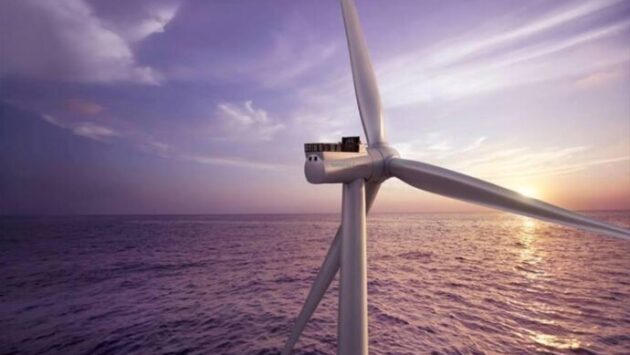Mobile Robotic Laboratory to Track Ocean Toxins
Mobile Robotic Laboratory to Track Ocean Toxins
The Environmental Sample Processor (ESP) is a robotic molecular laboratory that enables remote collection of samples from the ocean and testing to determine if species of algae are present and whether or not they are toxic.
A rotating carousel loads a puck into the collection stage, where ocean water is collected and filtered to separate out the particles. The sample is then heated to dissolve the organic material and then transferred to a second puck containing DNA probes. Chemical reagents are injected into the puck and the puck is moved to a low-light imaging camera. The image captured is then transmitted to shore by radio or cell phone network for analysis.
The ESP can also test for species and toxins simultaneously and recharge between tests, allowing it to collect more samples and ensure more accurate estimates of toxicity. The information collected is transmitted to shore in real-time or near real-time, and can then be integrated into models to forecast the potential for shellfish contamination. The mobile lab could also be used as a water quality indicator, looking for contaminants such as fecal coliform bacteria. While the process remains the same, the chemical reagents loaded into the device change between types of uses. Another potential use for ESP is to study open ocean microbial ecology. Microorganisms in the ocean play a huge role in maintaining the habitability of our planet.
Monterey Bay Aquarium Research Institute (MBARI) has granted McLane Research Laboratories, Inc. a license to manufacture and sell the Environmental Sample Processor (ESP).
Contact BlueZone for more information on the McLane Environmental Sample Processor (ESP).





